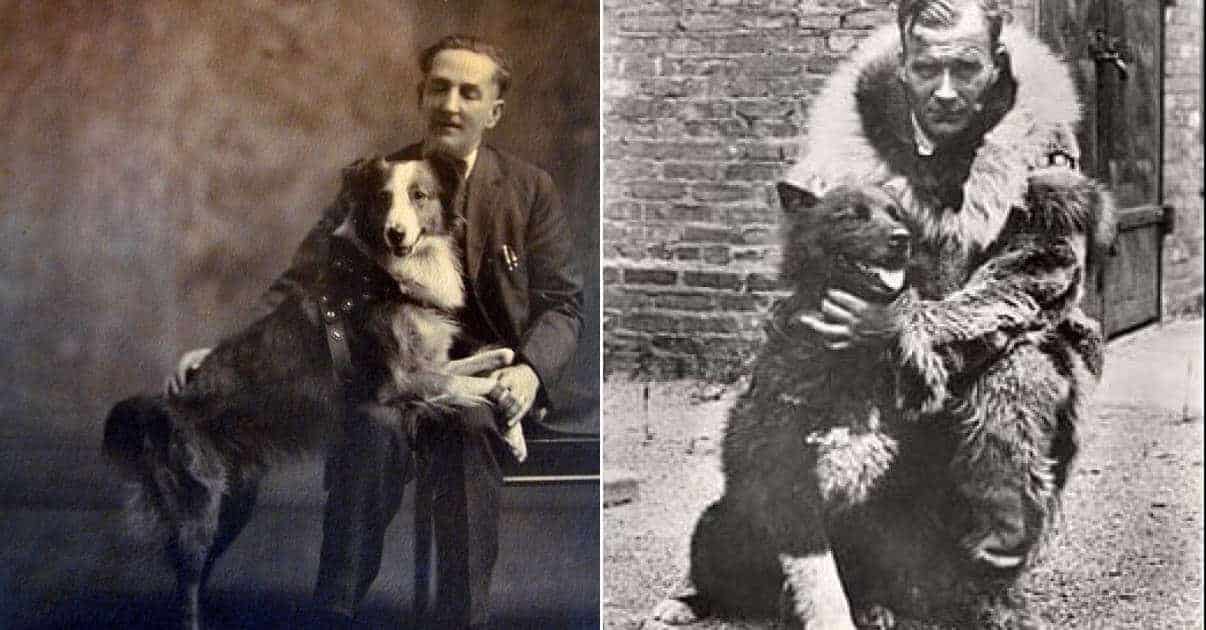The dog has been associated with humans seemingly forever. Why they chose, in some prehistoric quandary, to tie their fortunes to that of their human companions is unknown. Most archaeologists agree that the earliest evidence of domesticated dogs dates from nearly 15,000 years ago, and that dogs were likely hunting companions and protectors of early man. Selective breeding and experimentation has led to a wider variation of breeds than that of other domesticated animals also long companions to man, such as the horse, or even the domestic cat.
Dogs have accompanied humanity on their travels, worked the herds in the fields, assisted on the hunt, and pulled plows and carts. They have been used to hunt for food and been a food source themselves. They have been used to fight in wars, protect property, detect weapons and explosives, drugs, and smuggled goods, and to do just about anything their human masters have asked them to do. They have contributed immeasurably to the benefit of humanity, for very little return. Some have become famous, as movie or television stars, space travelers, rescuers of those in hazard, or just for demonstrating extraordinary loyalty. Whether one is a “dog person” or indifferent to their charms, there is no denying the place they occupy in daily life.

Here are some unusual stories of American dogs which made a difference in American history.

Ashley Whippet
The sight of a dog in full speed pursuit of a flying disc is a common one on beaches, in parks, in back yards and virtually anywhere there is room to run. Although some dogs eye a flying disc with disdain, declining the opportunity to chase what its master seems to throw away, it’s safe to say that the majority recognize the thrill of catching one of the discs in mid-air, and basking in the applause following a sensational leaping catch. Plus it’s good exercise, although the dog likely doesn’t know that.
It is impossible to say which dog was the first to enjoy chasing a flying disc. The two just seem to have evolved as if they were made for each other. But it is possible to identify when the game became famous, and who the dog was that made it so. That dog was Ashley Whippet, and the date was August 5, 1974. The site was Dodger Stadium. While many baseball parks now sponsor nights when dogs are allowed as promotional events, such was not the case in 1974. Ashley was smuggled into Dodger Stadium by his master, Alex Stein.
The game that evening was being televised nationally as Monday Night Baseball, and when Alex jumped over the fence with Ashley in the ninth inning the action was viewed by baseball fans across the country. Usually a fan encroaching on the field is ignored by television producers so as not to encourage like behavior, but Ashley’s pursuit of the flying discs thrown by his master was too entertaining to miss. Ashley made several leaps, including one estimated to have been nine feet in the air, to catch the throws made by Alex.
The game was stopped for about nine minutes as fans in the stadium and on television, as well as the players on the field, enjoyed watching Ashley’s prowess. Security escorted Alex and Ashley off the field, and despite the applause, Alex Stein was arrested although he was quickly released. The following year Stein organized the first Frisbee Dog World Championship, which Ashley won three years in a row. In the 1980s the event was renamed the Ashley Whippet Invitational World Finals Championship.
Ashley appeared on a football field too, but this time by invitation, when he demonstrated his skills as part of the pre-game entertainment for Super Bowl XI in 1977. Ashley’s pursuit of the flying disc undoubtedly contributed to the good health which led to his long (for a dog) life of fourteen years. He is still remembered as the namesake for Ashley’s Ice Cream, a local chain in New Haven Connecticut, regionally famous for serving one concoction on a flying disc.

